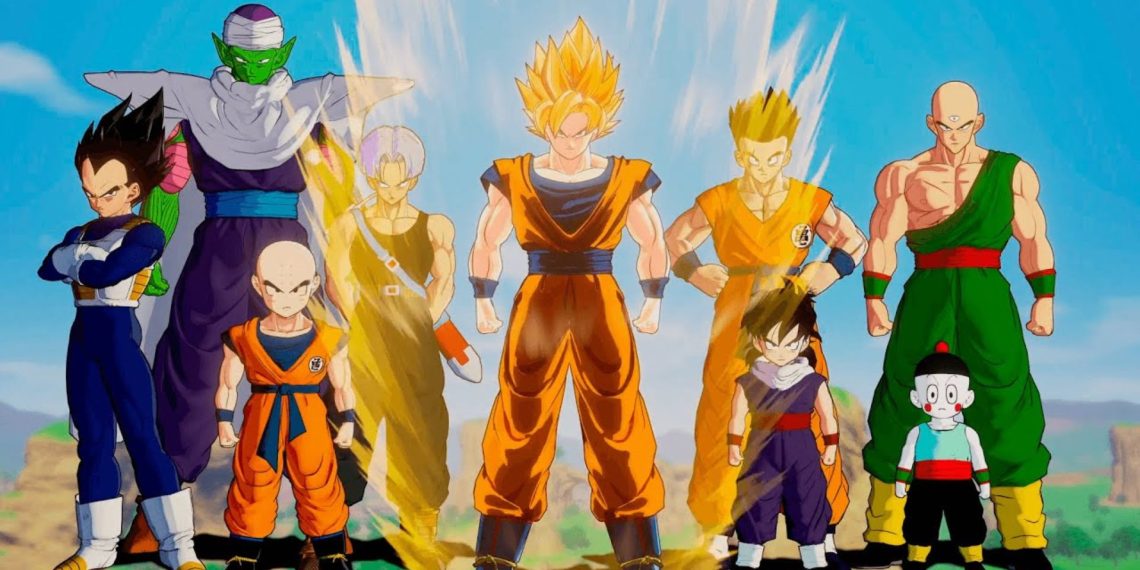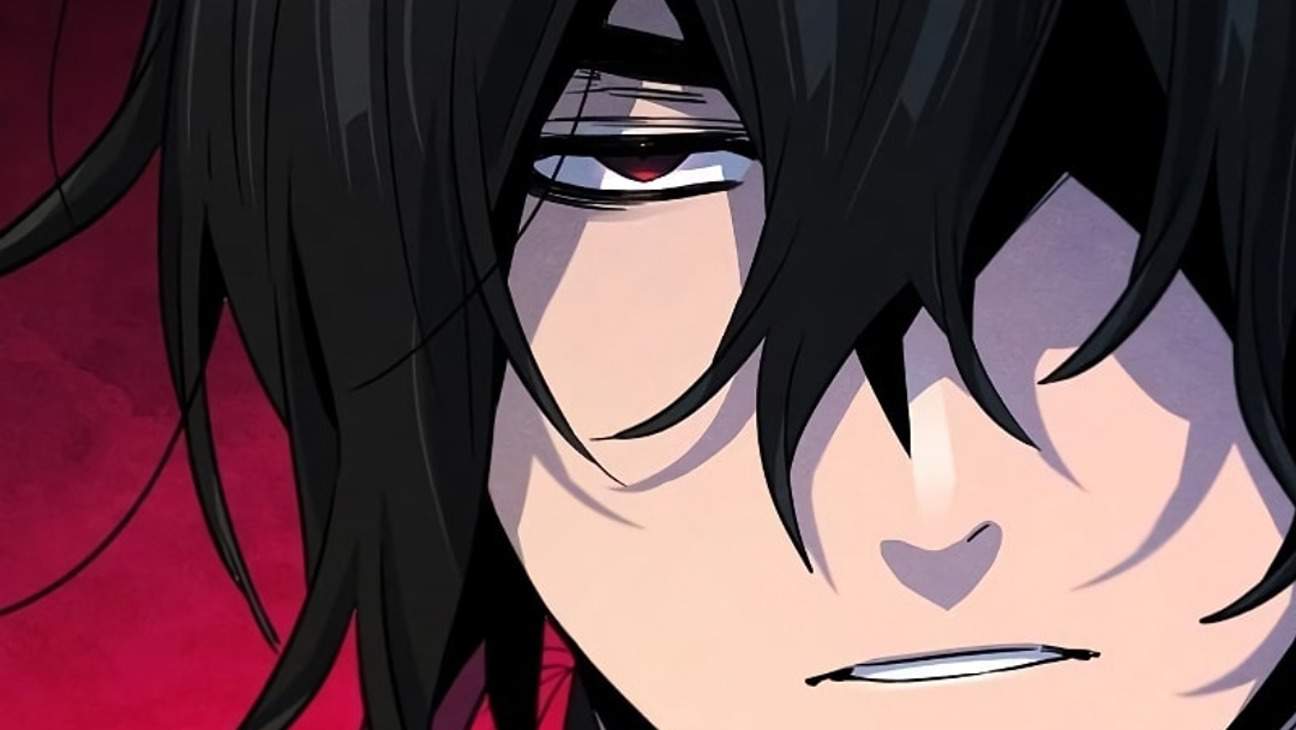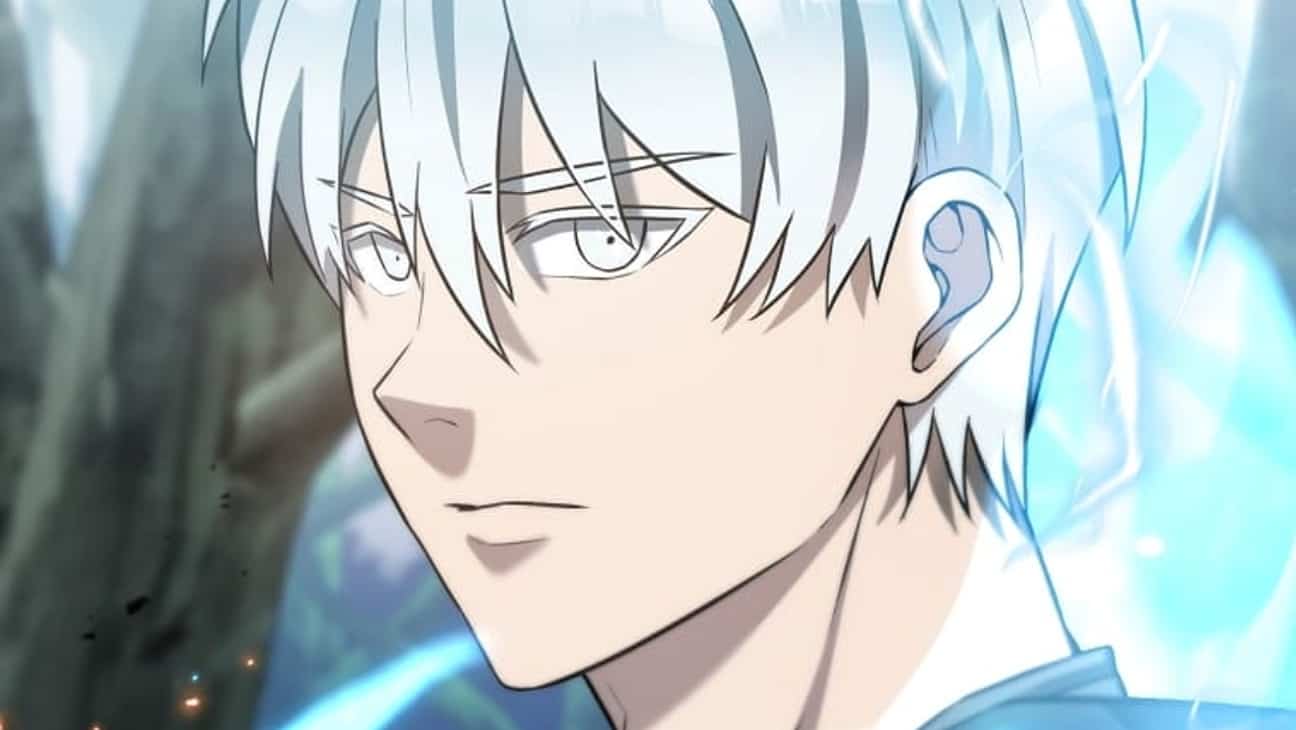Dragon Ball is one of the biggest success stories in anime and manga history. Since the manga debuted in the pages of Shōnen Jump in 1984, the series has mesmerized generations of fans and become instantly recognizable all over the globe. Dragon Ball has even transcended anime, being referenced in pop culture mediums worldwide.
However, due to Dragon Ball’s immense length and status as a fixture, it often feels like part of the furniture, meaning that many anime fans never stop to consider that there was a time before the Dragon Ball franchise changed anime forever. This perspective often results in Dragon Ball’s trailblazing, genre-defining nature being overlooked.
From Goku’s Childhood Adventures to His Saiyan Heritage
Dragon Ball follows Goku, a young boy living alone in the woods after his grandfather’s sudden passing. But his life is turned upside down when a young woman named Bulma nearly runs him over with her car. Bulma explains that she’s on a quest for the seven Dragon Balls, magical items that allow the person who collects all of them to wish for anything their heart desires.
When Goku reveals that his grandfather gave him a Dragon Ball, Bulma talks the young boy into coming with her to recover the rest. While on this trip, Goku will make many friends and foes and discover his natural martial arts talents, leading to him competing in the World Martial Arts Tournament.
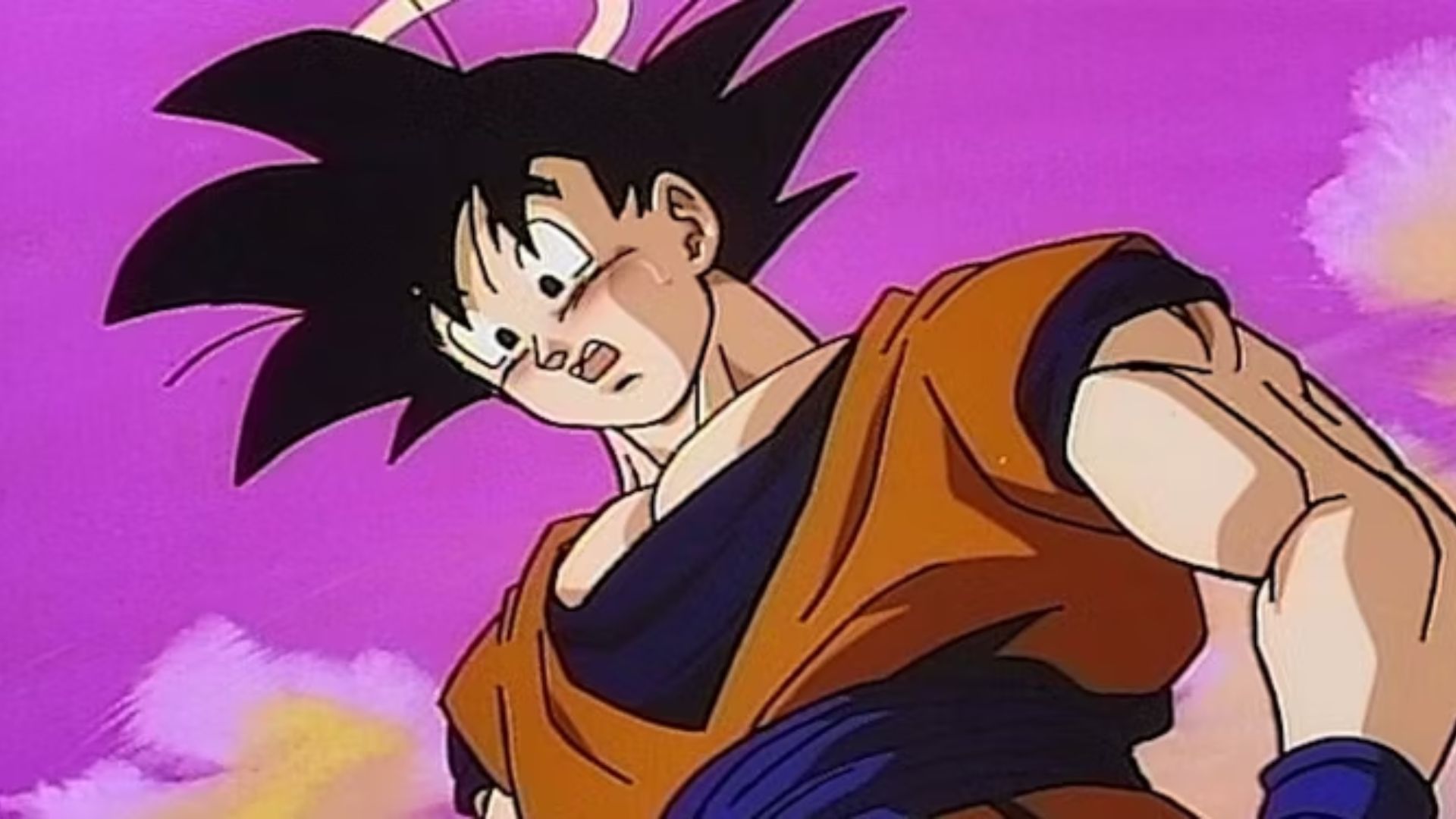
Famously, the entire universe of Dragon Ball underwent a massive transformation after manga chapter 194. Between the end of this chapter and the start of chapter 195, there was a five-year time jump, during which Goku started a family and fathered a son named Gohan. However, when the mysterious warrior Raditz arrives from space,
Goku learns that everything he knows about himself is wrong. Raditz tells Goku that he is a Saiyan, a violent race that used to reside on a distant planet. When Baby Goku landed on Earth, he was found by Grandpa Gohan, who did his best to raise the child. At first, Goku rejected this love and was constantly aggressive.
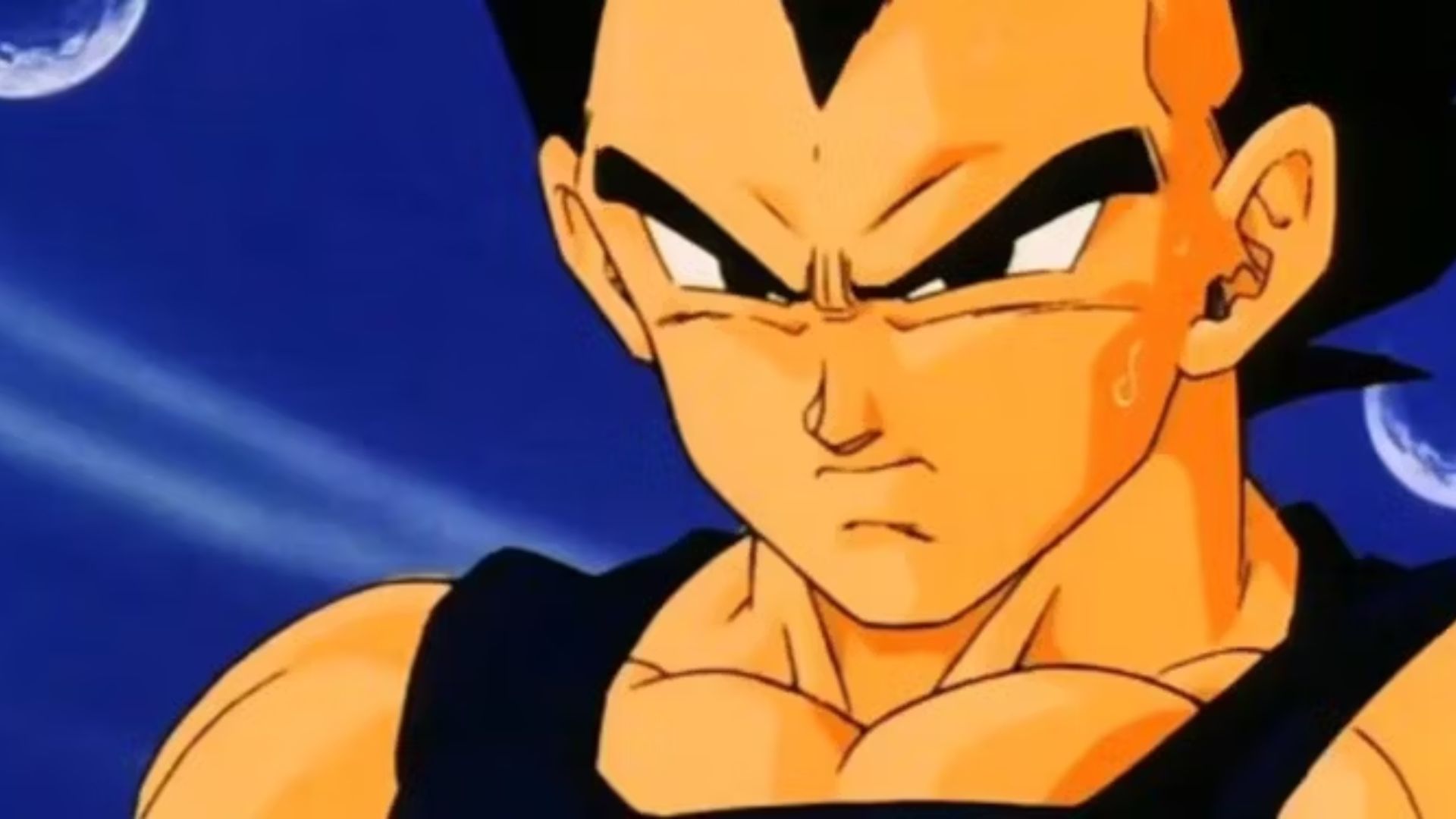
But, one day, Goku fell down a ravine and bashed his head, erasing his memory of his Saiyan history and turning him into the happy child viewers met in Dragon Ball. As mentioned, the entire tonality of the series shifted after Raditz’s revelations. This change was so dramatic that the anime changed the show’s title, going from Dragon Ball to the now iconic Dragon Ball Z.
How Genre Shifts in Shōnen Became the New Standard
This second half would continue to push boundaries because, after Goku defeated the vengeful Saiyans, he would find himself fighting a whole new raft of extraterrestrial invaders, artificial beings, and time travelers before the story concluded with the manga’s 519th chapter and Dragon Ball Z’s 291st episode.
One important thing Dragon Ball normalized was shōnen series undergoing massive genre shifts as their stories progressed. While Dragon Ball’s original Tournament Arc was a (by anime standards) grounded martial arts tale, the series began to add more intense supernatural elements as the story progressed.
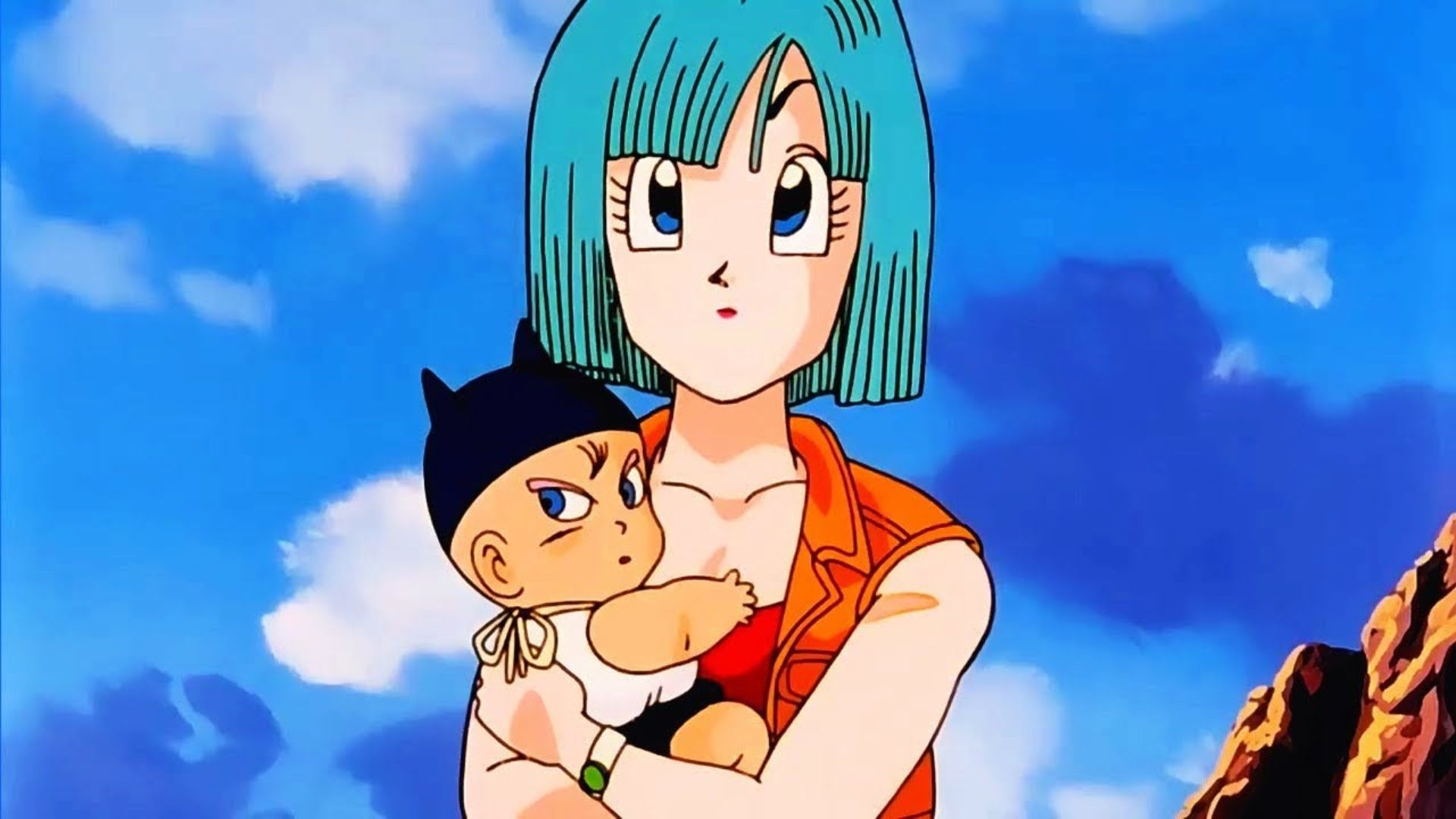
This would come to a head at the start of Dragon Ball Z, where the introduction of Raditz introduced a load of sci-fi elements. Over time, these sci-fi elements would only grow more intense as Goku found himself going toe-to-toe with aliens and time travelers.
The series also mixed in other genres during certain arcs, like the horror elements introduced during the Cell and Buu arcs. This genre-switching and genre-blending have since become the standard for shōnen series, with most long-running ones shifting genres at least once during their run.

One Piece is the best example of this, as it followed Dragon Ball’s model closely, slowly transitioning from a comedic pirate adventure series to a more intense fantasy-tinged epic as time passed.
The Secret to Its Pacing and Narrative Impact
Another fascinating and trailblazing part of Dragon Ball was its use of time skips. Across the original manga and anime run, viewers will experience seven time skips (though the anime sometimes added filler episodes within these time skips to pad the runtime).
In the original Dragon Ball, there is a three-year time skip while Goku trains for the 22nd Tenkaichi Budokai and another three-year one while he trains with Kami. Finally, there is a five-year time jump between Dragon Ball and Dragon Ball Z.
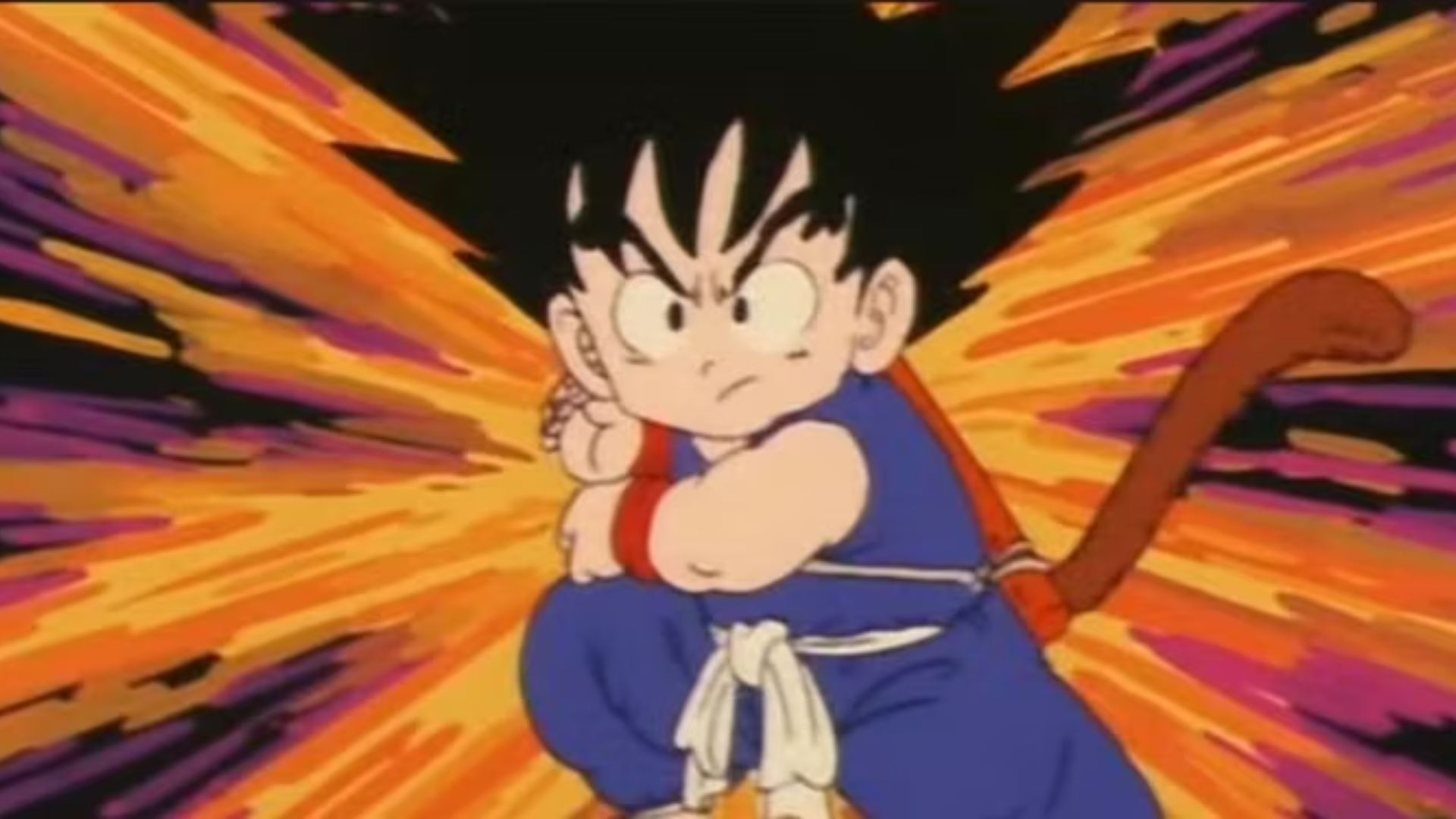
During Dragon Ball Z, there is a six-month skip before the Saiyan invasion, a year-and-a-half gap between the Frieza and Trunks sagas, a three-year jump while preparing for the Android invasion, a seven-year jump after the battle with Cell, and finally a whopping ten-year gap between the end of the Buu saga and the final Peaceful World saga.
These time skips are key to Dragon Ball’s excellent pacing. Having events unfold over many years adds weight to the narrative, making events feel significant, even if they are reset or undone later. This is especially true with combat training; having the heroes train for many years makes the battles feel momentous, and the characters’ victories feel earned.
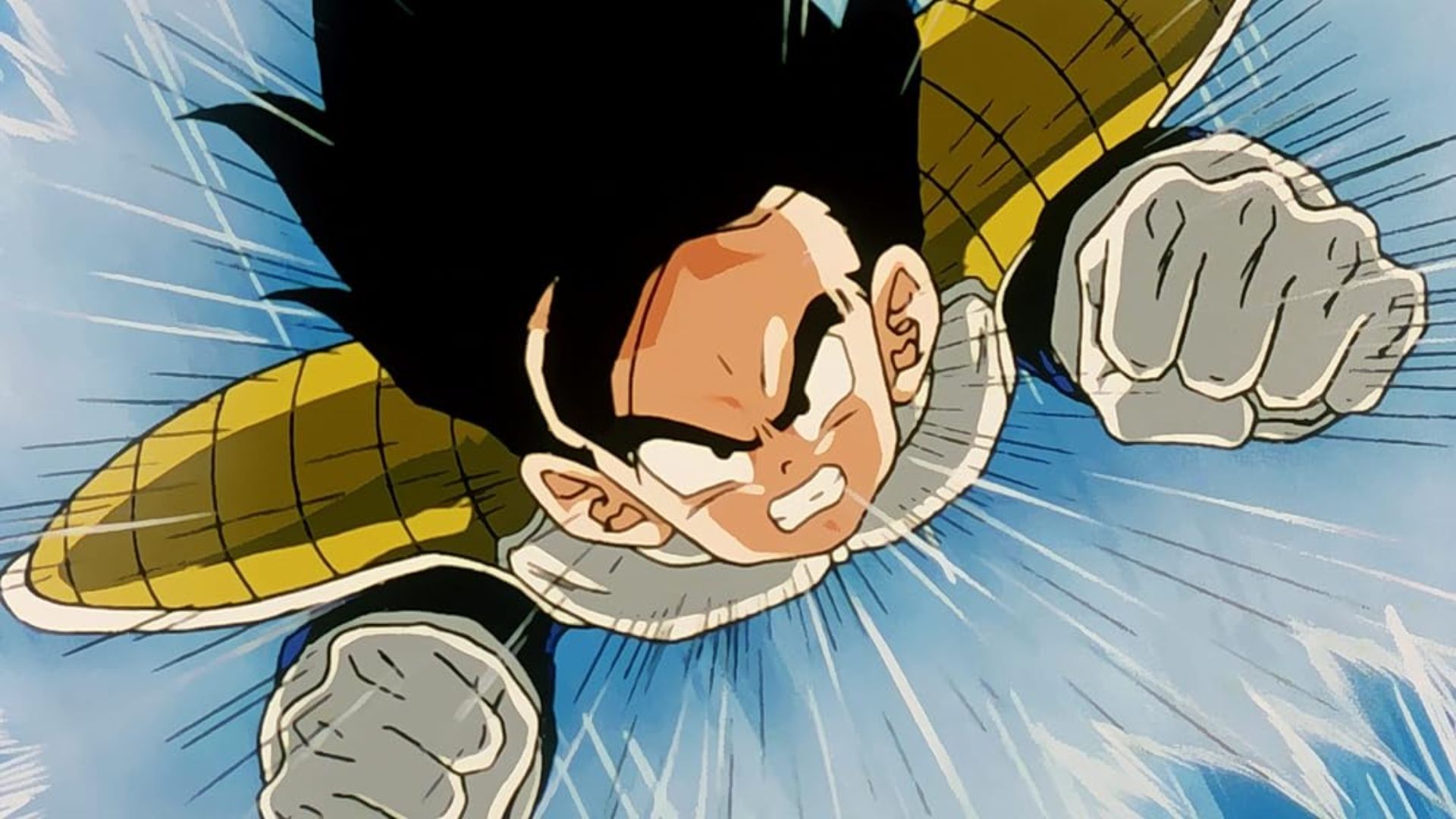
Jumping forward in time allowed Toriyama to avoid repetitive training arcs or filler chapters, maintaining a fast and exciting pace that keeps the audience invested and on their toes.
These skips also make the fights more interesting because the debut of new powers and techniques can happen at the most impactful moment, rather than being revealed in advance, allowing them to surprise the viewer without feeling like an out-of-nowhere twist.
How Time Skips and Transformations Shaped Modern Shōnen Series
After Dragon Ball, many other shōnen series, including the big three, began using time skips frequently. Naruto famously emulated the transition from Dragon Ball to Dragon Ball Z by having a two-and-a-half-year time skip between the end of the original Naruto and the start of Naruto: Shippuden, giving the characters a chance to train and mature before the second part of the story began.
One Piece did something similar by having a two-year time jump between episodes 516 and 517 and manga chapters 597 and 598, during which Luffy learned Haki from Rayleigh. This skip made Luffy’s new power feel earned without subjecting the viewer to several training-focused episodes.
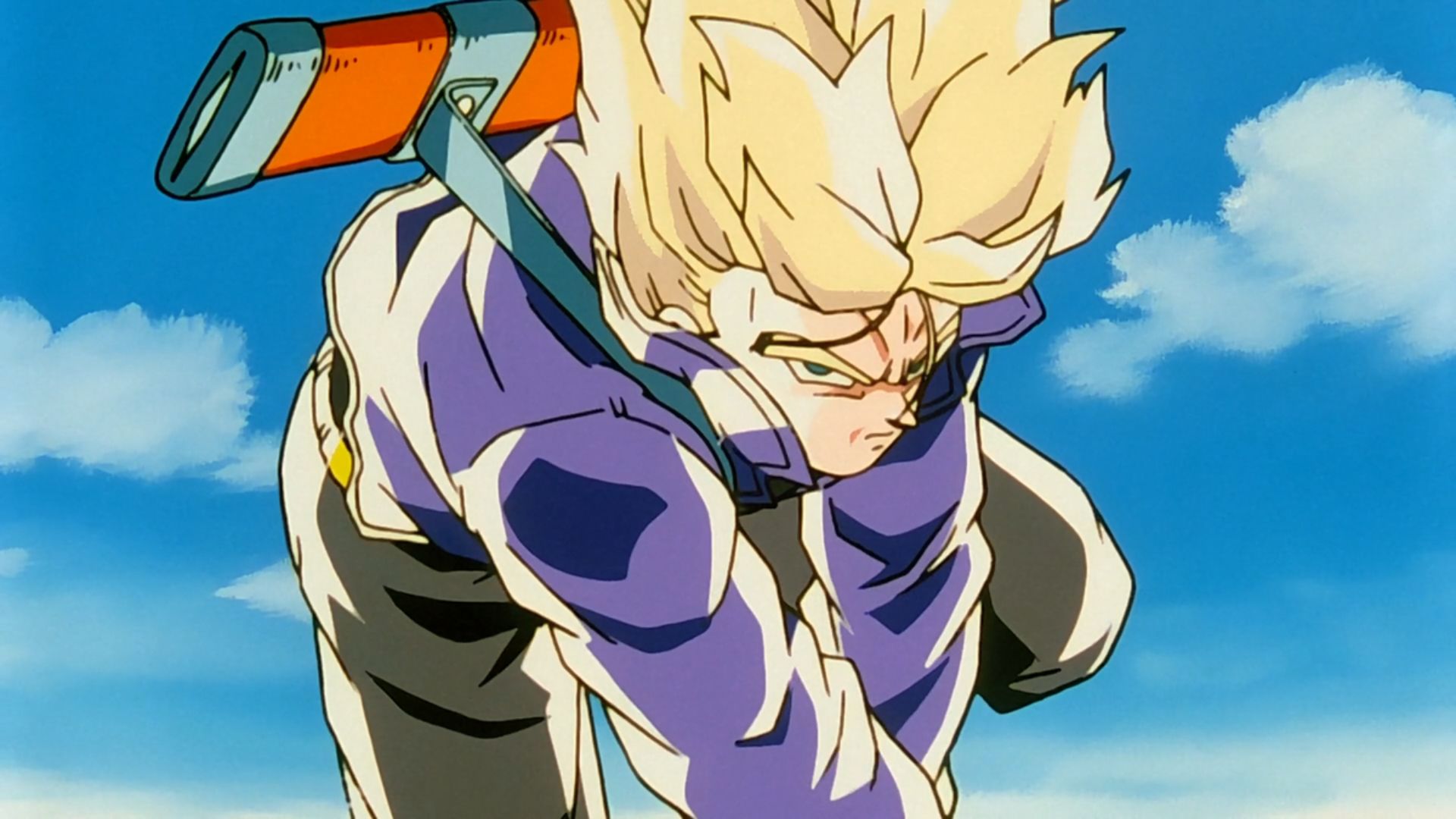
Additionally, the gap allowed the other characters to learn new moves and undergo character development that was slowly revealed over the next arc, enhancing the story and leading to some memorable and surprising moments.
Dragon Ball also defined the concept of transforming and form-switching. While transforming heroes have existed since antiquity, Dragon Ball was the series that made them part of the standard shōnen format by introducing the Great Ape form and the now-legendary Super Saiyan transformation.
In fact, transformations are so commonplace today that it’s notable when a shōnen hero doesn’t have access to distinct alternative forms.
How Shōnen’s Big Three Embraced Time Skips and Iconic Transformations
The Big Three prove this point, as every main character has several forms, each with unique powers, abilities, and downsides. For instance, Naruto has Initial Jinchūriki Form, Four-Tails Form, Six-Tails Form, Eight-Tails Form, Kurama Chakra Mode, Tailed Beast Mode, Six Paths Sage Mode, and the mighty Baryon Mode.
Bleach’s Ichigo has a multitude of forms, including Hollowfied form, Full Hollow form, Bankai, Fullbring Bankai, Merged Hollow, True Bankai, and One Piece’s Luffy has access to his various Gear forms, including the now-iconic Gear 5.
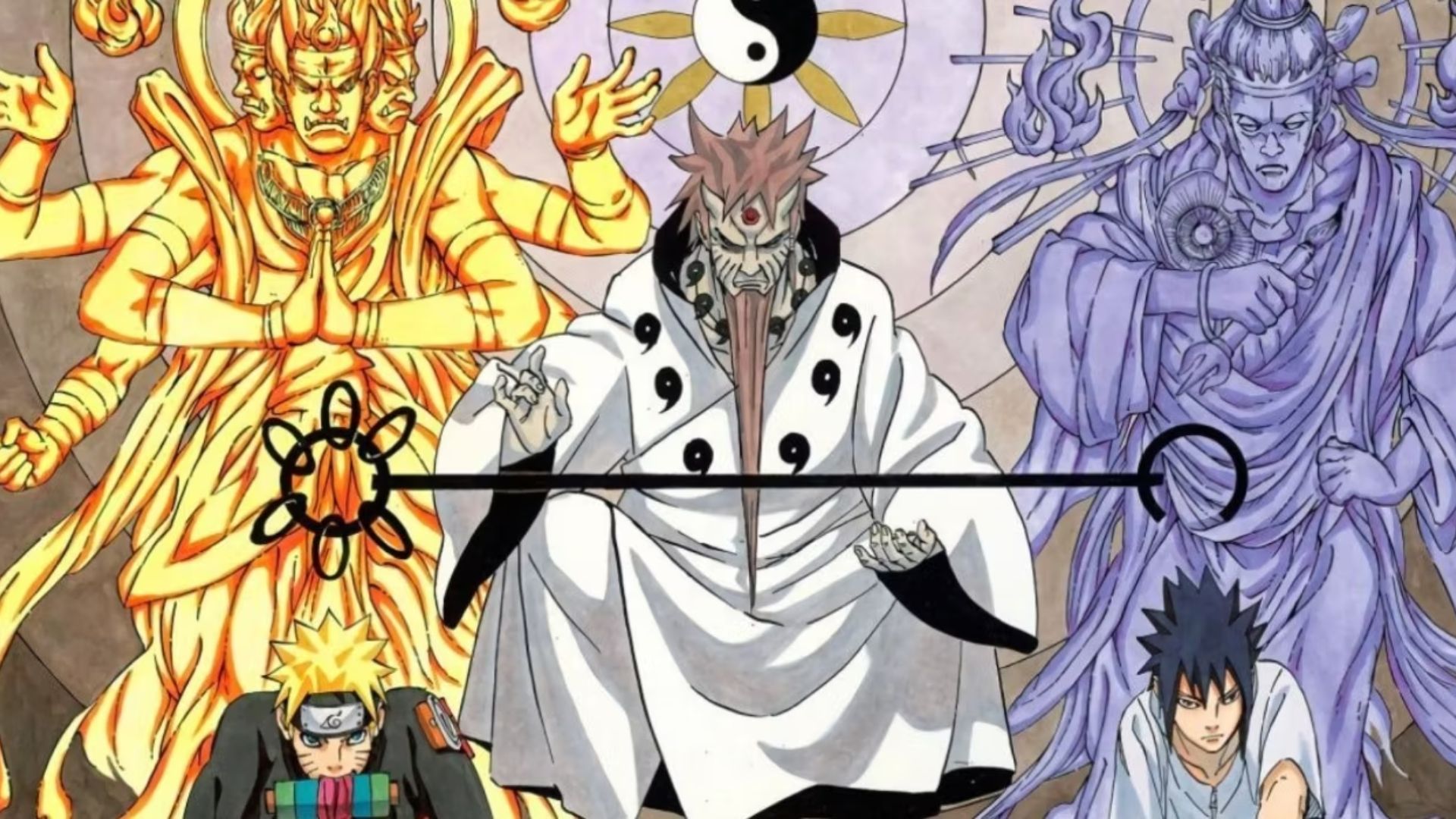
What is especially interesting about modern shōnen transformations is how many of them use bits of Dragon Ball’s iconography. For example, the iconic glowing energy aura is something that most shōnen transformations will include, even if energy or ki manipulation isn’t part of the show’s lore.
Another common transformation element cribbed from Dragon Ball is the fighter’s hair sticking up or changing color when they enter their new form. Luffy’s Gear 5 form is the obvious recent example of this phenomenon, as when Luffy takes on this form, his hair turns white and grows noticeably longer, defying gravity as it does, with many frames feeling like a clear nod to Goku’s famous post-transformation hairstyle.

